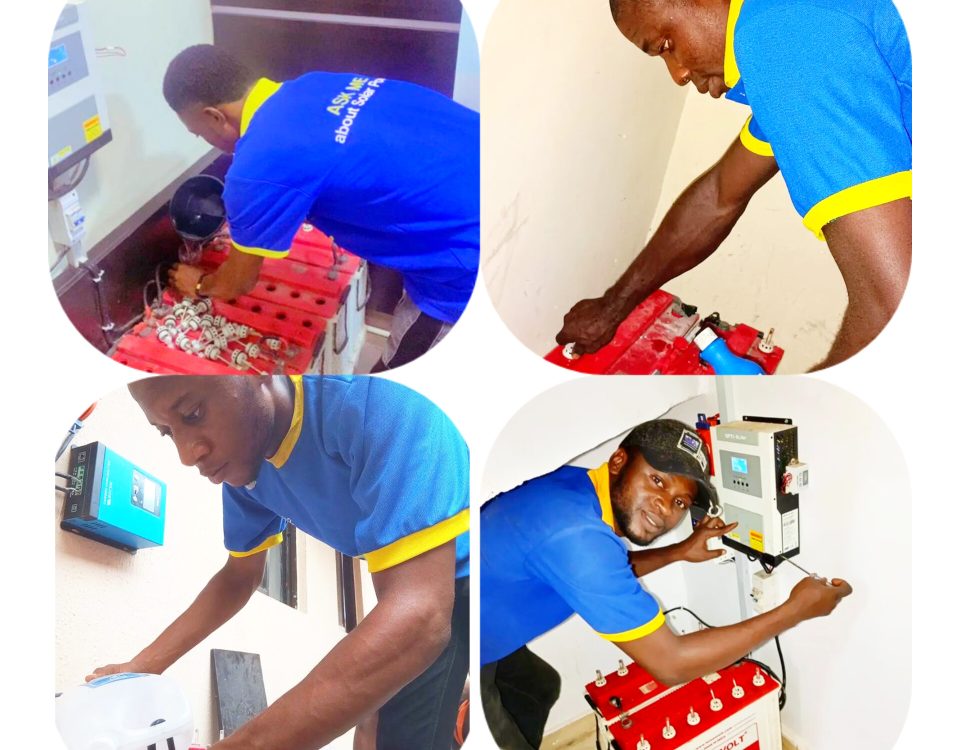Why The National Grid Cannot Meet Energy Demand

Solar Myths Busted!
2020-07-02
How to discover solar installer that will specifically fit your needs
2020-07-05In Nigeria, the electricity sector generates and distributes megawatts of electric power that is significantly less than what is required to power and meet the basic energy needs of households and organizations across the nation. As of 2012, the electricity sector only produced and distributed 5,000 megawatts, only 20% of what was required to sustain just the basic needs of electricity across the nation. This inadequacy is amplified by frequent and unannounced load shedding, partial and total system collapse and power failure. In a bid to meet the energy demand and fill the gap, numerous households in the country resort to purchasing generator sets to power their properties, this source of energy provided 6,000 megawatts in 2008 – still a huge deficit in the basic power requirement for the nation.
Thermal and hydro sources are a means through which electricity is generated in Nigeria. However, the main source of electricity generation comes from fossil fuels especially gas which accounts for 86% of the capacity in Nigeria with the remainder generated by hydropower. Before the beginning of the Fourth Nigerian republic, power generation was largely the responsibility of the federal government through NEPA. But reforms started in 2005 with the signing of the Electric Power Sector Reform Act opened up the industry to private investors. The sector was privatized by 2014, with three groups charged with the responsibility of providing power.
Current electricity generated in Nigeria is inadequate to meet the needs of households and business, as a result, Nigeria has a low per capita consumption of electricity. In addition, to this deficit, between 1970 and 2009, available power plants operated below electricity generated were lost in transmission. The electricity capacity is in a continuous rise and fall between the ranges of 1500MW and 6000MW. The hydro powered plants in Kainji, Shiroro and Jebba tend to have higher capacity utilization rates while the gas-powered plant was affected by infrastructural and maintenance issues. Between 1980 and 1996, the country Nigeria witnessed a significant gap in electricity generated and electricity billed which indicates electricity loss in transmission. Vandalism of equipment, lack of proper maintenance of transformers, poor management and corruption are few of the reasons Nigeria’s has produced sub-optimal electricity.
The new decade did not kickoff with a promising start for Nigeria as regards electricity and nationwide power supply. Just sixteen days into the year and the national grid collapsed, resulting in a total blackout across the nation. This collapsed being the fourth since the establishment of the grid.
This only proves that even at high levels of efficacy, the national grid cannot cater for the power needs of citizens in the country. On the flip side, purchasing, fueling (with the increased prices on petrol) and servicing generator sets (which give off a lot of noise pollution) virtually on a daily basis by Nigerians is a huge financial responsibility which makes hefty blows at budgets.
In conclusion, the best bet to fill this power lag would be a switch from dependence on the national grid and generator sets to solar. This assures less expenditure and blackouts.




